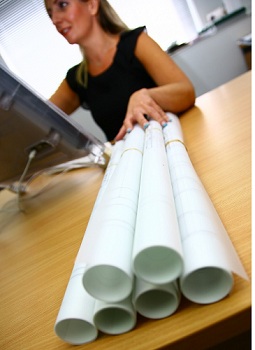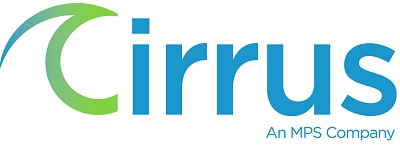The Falsified Medicines Directive 2011/62/EU, which is due for adoption in February 2019, will require pharmaceuticalcompanies to apply serialisation codes to every applicable pack (OTC and some minor exemptions).
As a consequence, artwork changes will be required, which all too often are treated as a rushed after-thought.
The World Health Organisation estimates that around 50% of product recalls are still attributed to artwork errors and mislabelling. The industry’s ‘speed to market’ requirements have put more pressure on artwork teams across all aspects of the supply chain to deliver ‘right first time’ and ‘on-time’ for critical product launches. However, it is essential that all brand-owners consider the required changes in good time. Pharmaceutical artwork is a specialist market and artwork creation is often complex so selecting an experienced partner can prevent damaging hard-earned reputations or even product recall.
The impending legislation will affect all prescription medicines for the European market. The first step to comply with this legislation is to get your artwork amended and approved.
What will change?
The legislation requires a ‘unique identifier’ to be placed on product/packaging so it offers full traceability throughout the supply chain. This takes the form of a data matrix code, a randomly generated serial numberas well as a national reimbursement number, if present, and batch and expiry dates.
It can’t be too hard to add these extra codes to an existing pack – can it?
The addition of a new code is relatively simple but creating the required space and its impact on the pack’s overall design is often more involved than imagined. As well as an area for the code, it will also require a surrounding ‘Quiet Zone’ that further reduces the availability of free space. In the past, this panel on the pack only needed to incorporate a batch code and expiry stamp so the additional code may force text to move onto another panel. As the pack’s graphics are reformatted it is essential that compliance with other existing legislation is not overlooked. The inclusion of the proprietary name, generic name and dosage to appear on three opposing faces also needs to be taken into consideration.
The Falsified Medicines Directive also requires a brand-owner to add a tamper-evident feature to their packaging which can have a significant impact on a pack’s real-estate. Tamper evident labels require varnish and text free space so this adds further pressure on already busy pack designs. If the brand-owner decides not to use a tamper-evident label, a mechanical or constructional solution is another option. However in order to achieve this, particularly if the brand-owner is already using a standard reverse tuck-end carton, it may force a move to another carton format, such as a skillet-glued, to further increase available space.
It’s here to stay
Whatever anyone thinks, Brexit won’t stop the UK implementation of the Falsified Medicines Directive as it was passed into UK law in 2013. Furthermore, the UK Government is being urged to comply with EU legislation to ensure harmonization and avoidingdisruptive supply chain issues across Europe. [However, for UK companies, the EMA’s relocation to mainland Europe could have a potential impact leading to another tranche of artwork changes for centrally registered products. The outcome is still unfolding and not yet clearalthough it is likely will mean a change of MA holder address for centrally licensed products.
A changing supply landscape
It was previously commonplace for un-audited ‘local’ suppliers to produce market specific artwork, with no asset control of artwork files and even less control if the process was global. The associated risks for error and for non-compliance were high in this scenario. A typical ‘Big Pharma’organisation, even today, would have multiple vendors, some compliant and some not. The market is seeing a significant shift to control artwork lifecycle changes and new product launches via a truly complaint artwork partner.
Why do things still go wrong?
In order to comply with the new directive it is essential to allow adequate time for potentially significant artwork changes. The pressure to get compliant products quickly into the marketplace can impact on the quality of the artwork brief. This inevitably results in more artwork cycles due to errors and omissions whilst further extending lead-times and escalating costs.
The issues can be numerous and largely stem from a lack of understanding of what’s required. In order to develop the right artwork briefs, it’s essential to build a partnership that is set-up for success with both parties working to get the best output. Leading artwork providers will be dealing with many different customers, with 1000s of artwork requests, all with differing needs and requirements. All customers are different and an agency will need to be sure it is delivering exactly what’s required.
Selecting the right artwork partner
Pharmaceutical artwork is a specialist market and any supplier’s workflow should be compliant with PS9000 / ISO9001, audited and dedicated to providing an artwork service. A supplier’s artwork systems should fit in with your own ways of working and they should have enough capacity to deal with these changes in addition to regular artwork lifecycle tasks.
There should also be a clear understanding that the approved artwork file should not require any further manipulation by the print vendor so there are no touch-points in the process.
The use of an automated workflow will significantly reduce the potential of any errors. Non-compliance will put both supply and sales at risk.Remember, the clock is ticking…February 2019 isn’t that far away.






















